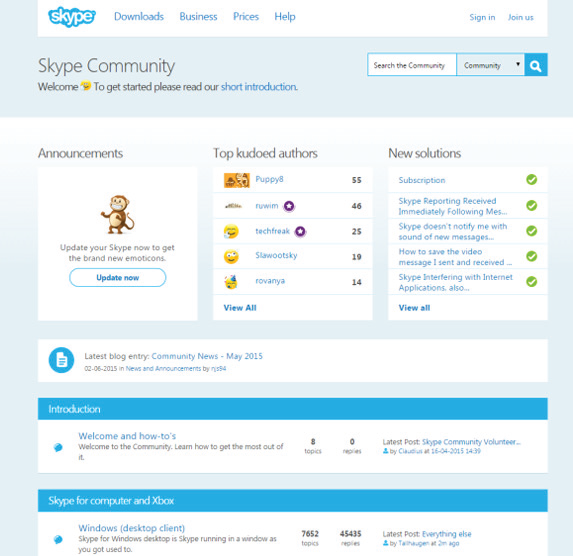3 Tips to Make Your Website More Social

By Derek Schou, Associate Editor
As social media has matured, it has made one of the most difficult transitions a medium can undergo, evolving from a casual time waster to a necessary business tool.
Seeing the massive amount of time consumers spend on social networks, many brands have incorporated social elements into their own websites in hopes of driving more traffic, higher on-site engagement and increased conversions.
Let's explore a few ways to make your website more social.
1. Leverage the Power of Reviews
Customer reviews are one of the most important social elements that a company can incorporate on its website. In fact, according to a study conducted by Dimensional Research, 88 percent of respondents reported to be influenced by reviews - negative and positive alike.
Thanks to consumers' desire for customer reviews, there are a variety of firms that provide the necessary technology. One of the most popular customer review technologies on the market, PowerReviews, provides a range of services to businesses, including Social Answers. Through this product, brands are able to display commonly asked questions directly on their product pages with answers from consumers who have been verified as actual buyers. PowerReviews customer Skechers saw a 32 percent conversion increase with Social Answers.
2. Embed Off-Site Content
Another way companies are making their websites more social is by incorporating content from social networks directly onto their Web pages, such as with real-time Twitter feeds.
"Should a visitor dive into any of a site's pages, we embed the brand's Twitter feed to illustrate its active presence on social media," said Vanessa Labi, a digital engagement specialist at Creative California. "Installing the feed keeps a site's page fresh and current, especially those that may be otherwise static."
Conveniently, both Facebook and Twitter provide detailed guidance on incorporating content from their networks on other sites. For Twitter users, a single line of HTML is all that is needed to embed a timeline of any account's Tweets, favorites or hashtags on a site.
Brands are also able to embed content from their Facebook Page on their website via the network's social plugin. Users can even customize the embedded content (posts and video players) in a variety of ways including its height and width to fit specific dimensions.
3. Create Your Own Network
Another available option for companies looking to incorporate more social elements into their sites is to create their own social forum - like Skype did.
Created by social media solution provider Lithium, Skype's onsite social network, dubbed "Skype Community," is a forum where users can go to voice their opinions and concerns regarding how their Skype is working as well as help other users who are experiencing difficulties. When users see a post they find particularly helpful, they are able to award "Kudos" to the author. To leverage these peer ratings, Skype created a leaderboard on the front page of its Skype Community - encouraging participation and utility (see image).

(Skype's social network o”ffers gamification elements, helpful advice and more to keep its community engaged on its own website.)
Discover three more platforms to host a social network on a company website at wsm.co/cyosocial.
Although these are just three examples, brands should strongly consider finding ways to direct social traffic to their own websites (where sales can be made) rather than spending all their time and money on third-party networks where it's difficult to prove their return on investment.

Subscribe to Our Newsletter!
Latest in Social Media










